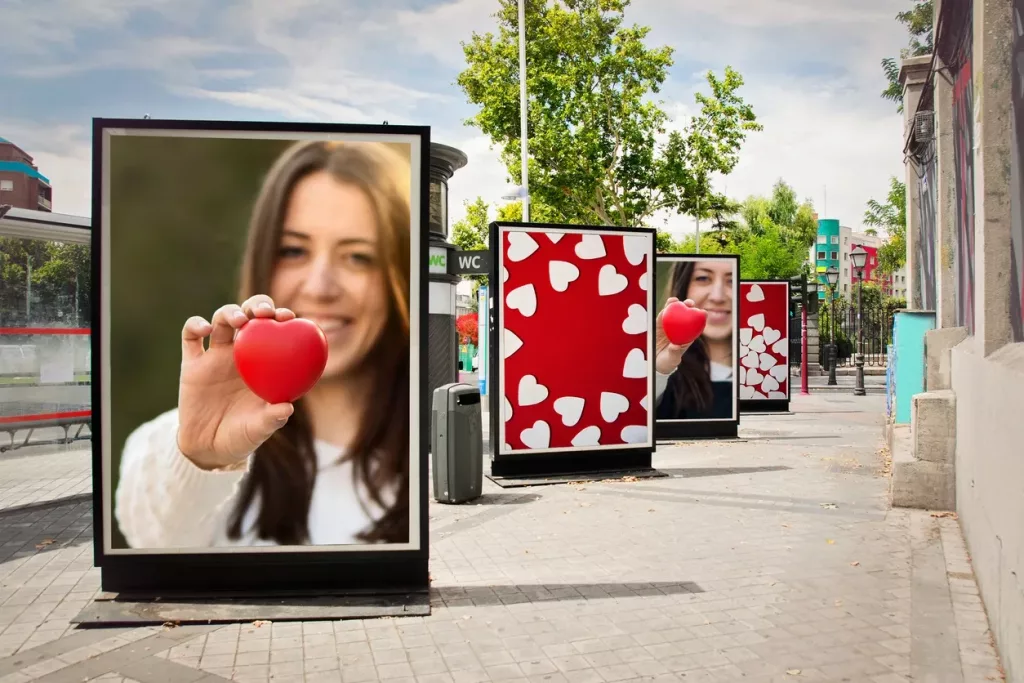23 June 2021|Eco & Ethics, Latest Posts, Marketing, PR, Promotion, Psychology

That assumptions and stereotypes are still frequently used in place of insight, understanding and authentic profiling to understand consumers is frustrating. At best, it makes for less-than-optimal marketing and at worst, it alienates and is harmful to large swathes of the population.
Most marketers are in denial that the use of stereotypes to identify target audiences is even an issue. According to the 30 Percent Club’s ‘Are you missing millions’ report, while 76% of female and 88% of male marketers think they understand consumers, a whopping 76% of female and 71% of male consumers believe the way they are portrayed in advertising is ‘completely out of touch’.
Kantar found that globally 51% of LGBT consumers said: “I wish I could see more ads with families like mine”. 14% of African Americans and 66% of Hispanics feel not enough brands do a good job of representing their community and 79% of over-55s feel that advertising portrays them inaccurately.
That’s a lot of work still to do.
We talked to film and sociology doctorate student and TikToker Tayler Scriber about this issue. Tayler has sought to explore and educate on stereotypes in TV and film with her TikTok series ‘You Hate To/Love To See It’. Many of the tropes she highlights are prevalent in media and advertising too.
Tayler agrees, saying: “I see a lot of the same tropes I recognise in film in advertising and media. For example, the ‘bumbling dad’, unable to competently care for the children or house which links to the ‘Himbo’ film trope. Most couples, particularly those that have young kids now, are much more egalitarian in how they split care tasks and dad is very involved and perfectly competent of taking care of the children and very much sees this as being as much his role as the mother. I think men and women find it unrelatable and maybe even insulting. Ads that continue to perpetuate this idea are not doing brands any favours.”
The hapless dad stereotype is one recognised by the Advertising Standards Authority (ASA) rules on gender stereotyping introduced in June 2019. The Philadelphia Cheese ad featuring ‘hapless dads’ so entranced by their cheese snacks they absent-mindedly place their kids on the airport-style conveyor belt meant for the food, was banned in 2019. The rules also led to a ban of People Per Hour’s “You do the girl boss thing. We’ll do the SEO thing” following complaints that it perpetuated harmful gender stereotypes by depicting a woman running a business in a patronising way.
The Philadelphia ‘hapless dad’ ad that was banned for perpetuating harmful stereotypes.
These ads are recent and they demonstrate a real gulf between what consumers want and need, and how they see themselves compared with the way that marketers see them.
Research conducted by Cunningham & Roberts for their recent book Brandsplaining: Why Marketing Is Still Sexist & How To Fix It, analysed 120 UK and US brand ads, their websites, packaging and social media. They also surveyed 14,000 women in 14 countries across four continents to understand their attitudes and beliefs about marketing and advertising.
More than half (59%) of the women surveyed say advertising has an out-dated view of women, with 76% suggesting they mainly see very thin women featured in ads. Women featured in ads also tend to be young, with 68% saying there aren’t enough older women in advertising.
Most women (68%) also do not feel represented in advertising, with the vast majority (81%) saying they want to see all types of women used by brands to promote their goods.
Physical attractiveness, getting married and having children is still most often depicted as the great ‘aspiration’ for women. Yet appearance is not what women want to be defined by – the characteristics that women most want to be associated with are intelligence, their relationship with their family and sense of humour.
Tayler commented: “I think there is progress. It feels like there are brands like Nike Women that are doing a really good job of female representation and diversity. Their ads are really progressive and break down gender and racial stereotypes but then when you look at their board that isn’t reflected in the organisation.
“Even if brands are doing a better job of diversity and inclusion, there is still an issue when the power (in the film making or advertising and creative industry) is held by a very narrow ‘type’ of person. Certainly, in the US film industry this is this case. The USC Annenburg Inclusion Report recently found in 2019 only 10.7% film directors and 19.4% of writers were female and of all the popular films made 2007-2020 only 6.1% of directors were black, 3.7% Hispanic/Latino and 3.3% Asian American.
“And while you don’t necessarily need to be from a community to depict them authentically (if you research and engage them correctly) the reality is that underrepresentation is translating into what you see on screen. In the top 100 films in 2019 the ratio of male characters with a speaking role to women was 2.2:1. Only 1.4% of films had a speaking role for a LGBT character, and only 2.4% of speaking roles were someone with a disability”.
These stats are echoed in the advertising and creative industry.
It’s estimated that only 14% of creative directors in the UK are women. 13% of the creative industry workforce identify as coming from Black and Minority Ethnic backgrounds (which is in line with the % of UK population identifying this way) but only 8% of senior positions have BAME representation.
Tayler says: “It’s an issue that the industry is falling short in terms of representation behind the camera as it points to more systemic bias and discrimination and this needs resolving. However, the issues in the outputs come down to an arrogance about what people think they know about other people’s lives. People often think they ‘know’ a consumer and don’t realise they are making unhelpful or inaccurate assumptions.”
Apart from the obvious societal impact, bias and stereotypes alienate valuable customers. So how can brands avoid stereotypes in their marketing:
1.) Do research and ensure you speak to a broad range of people that feel representative of the population to avoid introducing bias before you start developing products.
2.) In research look for prevalent needs, develop products and campaigns targeting and resolving the need.
3.) It is likely these needs will be more prevalent in certain demographics – use that information to plan where you put your advertising rather than who is shown in it.
4.) Use advertising to show how your product meets a need/solves a problem rather than trying to ‘mirror’ an idealised customer avatar.
5.) Test marketing materials – this doesn’t need to be expensive – share with colleagues and friends or if you are using digital advertising test different versions of the creative on small budgets to see which work best, reaction and engagement before you invest full scale.
About the Authors:
Authors: Vicky Murray and Tamsin Daniel, Co-Founders & Brand Consultants at Atalante Strategic Marketing Consultants.
For more brand and marketing strategy advice or tips follow us on LinkedIn https://www.linkedin.com/company/atalante-marketing
Sources:
· https://www.kantar.com/inspiration/advertising-media/adreaction-getting-gender-right
· https://www.pwc.co.uk/services/human-resource-services/insights/are-you-missing-millions.html
· Brandsplaining by Jane Cunningham and Philippa Roberts, Feb 2021 (a fantastic read – available to buy here https://www.amazon.co.uk/s?k=brandsplaining&adgrpid=117688068444&gclid=Cj0KCQjw1a6EBhC0ARIsAOiTkrEzIriRWSuUbLLewrysOmzEwCBv48LN-xjnQDERkqP1QLGMmWWfld8aAufmEALw_wcB&hvadid=489991237157&hvdev=c&hvlocphy=9046312&hvnetw=g&hvqmt=e&hvrand=12140966370560159602&hvtargid=kwd-1128103555162&hydadcr=21734_1823389&tag=googhydr-21&ref=pd_sl_12wrx70j6l_e)
· Full USC Annenburg Inclusion Report here: http://assets.uscannenberg.org/docs/aii-inequality_1300_popular_films_09-08-2020.pdf
· https://www.creativereview.co.uk/how-creative-comeback-is-re-launching-careers-for-female-creatives/
- lisafoundersitehttps://thesuccessfulfounder.com/author/lisafoundersite/
- lisafoundersitehttps://thesuccessfulfounder.com/author/lisafoundersite/
- lisafoundersitehttps://thesuccessfulfounder.com/author/lisafoundersite/
- lisafoundersitehttps://thesuccessfulfounder.com/author/lisafoundersite/






